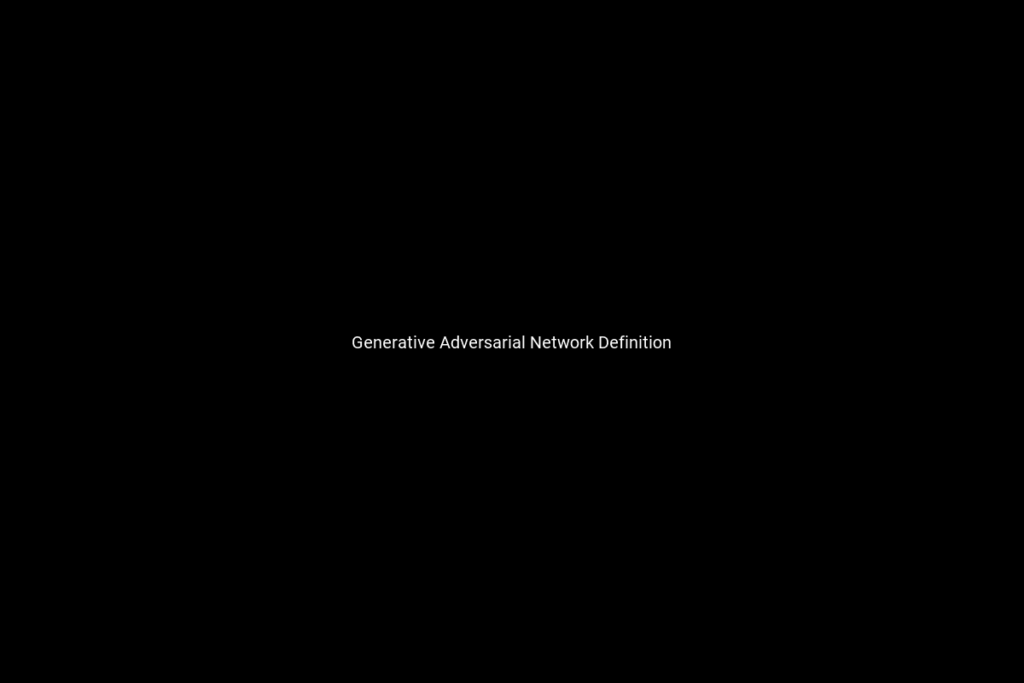Generative Adversarial Network is used by academics, scientists, and data scientists. They are dynamic, flexible, and large scale modelers.
Inspired by nature, they’re able to learn from experience and run on anything from GPUs to IoT devices to the most expensive supercomputers.
But they are also high-powered and intensely expensive to use, requiring a lot of research effort. Despite their huge potential, however, they are slow.
That’s where Gradient Machines come in.
Designed to solve the over-dependence on very expensive and complex hardware, we aim to develop intelligent machines.
A traditional machine learning framework tries to unify the disparate tasks of machine learning so that they are easier to achieve.

The History of GAN
The history of Generative Adversarial Network dates back to 1956, when Benjamin Simon proposed the idea in his book “Computing with Education”, which established the idea of a generative adversarial network.
The idea of a generative adversarial network, which is an adversarial network that generates the outputs from a target objective function such as real-valued mean squared error (RSE) or logistic regression, inspired us to build GANs that could learn to analyze either high dimensional data (image data, unstructured text, movies etc.) or high dimensional data that has been labeled using annotation schemes.
How Generative Adversarial Network Works ?
GAN works on a very small input or output layer, usually 2-3×2, and usually work on data that is already expressed in the training set, not the test set.
What Generative Adversarial Networks provides ?
GAN provides a powerful and flexible framework for generating novel and unexpected images using ordinary image datasets.
Models are trained with a parameter space that is specially tailored for each task, such that an ad-hoc classifier can train without any prior knowledge of the data.
Features include feature selection, recurrent filtering, feature extraction, and regularization. Our implementation employs deep reinforcement learning to develop image-generation systems.

Recent Comments